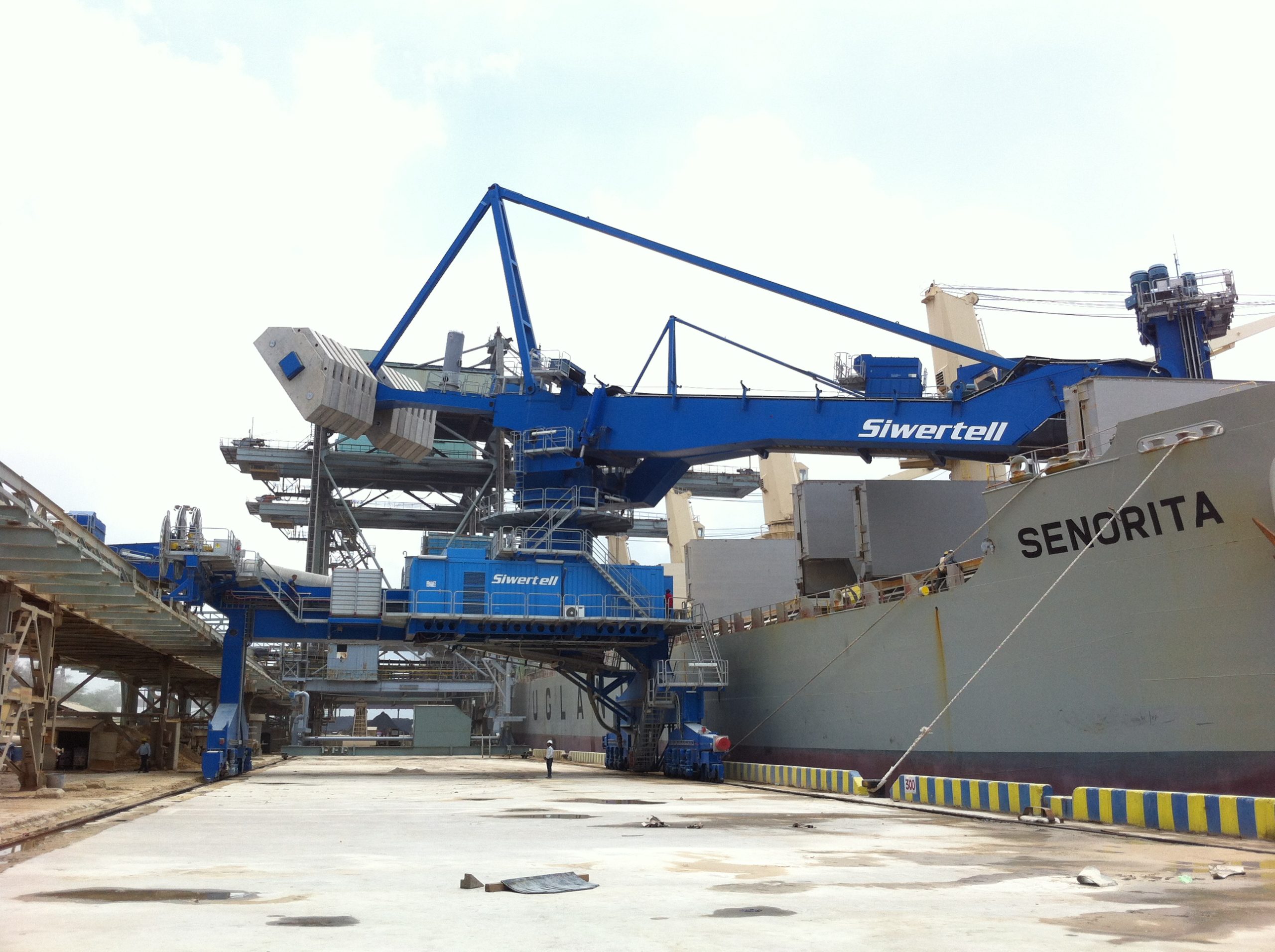Nitrogen+Syngas 376 Mar-Apr 2022

31 March 2022
Ukraine and fertilizer supply, an Indian perspective
UKRAINE
Ukraine and fertilizer supply, an Indian perspective
Dr M.P. Sukumaran Nair, formerly Secretary to Chief Minister, Kerala and Chairman, Public Sector Restructuring & Audit Board, Government of Kerala looks at the impact of the conflict in Ukraine on supply of fertilizer to India and the world.

The direct economic impact of Russia’s conflict in Ukraine is that prices of food, energy and fertilizers in India and the world will tend to rise unless the conflict ends soon. Ukraine is a major food grain, wheat and corn producer, Russia, a major supplier of natural gas to Europe, and the Black Sea region a major hub of fertilizer production and trade.
A variety of sanctions have also been imposed on Russia by the US, European Union, UK, Japan, Germany, Canada, and Australia. This includes the freezing of assets, banning trade, investments, the purchase of sovereign debts, access to fintech solutions, bans on the use of airspace, stock exchanges, and the blacklisting of politicians and officials etc. Modern governments find it difficult to sustain operations and people are put to numerous difficulties in everyday life without the support of these transactions.
Ever since the outbreak of the conflict, global IT, finance, technology, and manufacturing powers have shown that any nation, however powerful and capable they are, can be subjected to restrictions and denial of access to important services, systems, and linkages. Banks and such technology-oriented institutions, who are dependent on foreign networks and cloud storage need to be supported by local servers to ensure services can continue. Academic, research and development, skill and manpower training needs, including higher education, will need a thorough review in this context, and it has shown us that we may all have to develop our own institutions and strengthen existing ones using indigenous resources and capabilities. Even military requirements need to be strengthened with indigenous manufacturing and service support capabilities. All the above highlights the need for national level self-reliance at least in critical areas like IT/ ITES capabilities, banking, technology development and the rapidly emerging frontier technologies and advancing developments in current science. Professionals and organisations, including quality and standards regulators need to re-look, re-engineer and dedicate themselves to ensure national capabilities and shun self-imposed walls in the name of independent working for their own name or economy of scale and adopt a cooperative and collaborative approach.
The conflict has already taken a toll on energy markets all over Europe. Russia supplies about one-third of Europe’s natural gas supply, the main feedstock to major power and chemical producers who will be forced to shut down the units if gas prices continue to rise. Heating and power prices are already rising, media reports say and by the end of the month, the intensity is going to be severe for the households, businesses, and heavy industries which need the energy at a fair price to operate comfortably.
India
In India, the aggression is going to impact our fertilizer supplies in a major way with regard to price and availability. Around 2.4 million tonnes of ammonia was shipped from Pivdenny port (Odessa) in 2021, of which only 150,000 tonnes came from Ukraine and the rest from Russia, supplied through the Togliatti Azot and Rossosh pipelines. Russia is the second-largest producer of ammonia, urea and potash in the world, and the fifth-largest producer of complex phosphates. The country accounts for 23% of the global ammonia export market, 14% of urea, 21% for potash and 10% of the complex phosphates. The war has already started disrupting the global fertilizer market, as Russia is a leading supplier of fertilizer and related raw materials. It is also the largest exporter of urea, NPKs, ammonia, UAN and ammonium nitrate, and the third-largest potash exporter. In the phosphate sector, traditionally dominated by China and Morocco, Russia is a major exporter, with 4 million tonnes per year of DAP/ MAP shipments last year. The Black seaports of Yuzhnyy and Odessa are major fertilizer handling ports with pipeline transport facilities for ammonia from Russia.
Like other countries, India too depends heavily on imports for meeting its fertilizer raw materials (natural gas, sulphur and rock phosphates), intermediates (ammonia and sulphuric and phosphoric acids), and finished products (diammonium phosphate, potash and complex fertilizers) requirements. The self-sufficiency in urea production achieved by 2000 was lost due to policies which discouraged further investments in the sector for two decades and also due to the privatisation move and closure of a number of plants on account of low energy efficiency which paved way for large scale exports.
India, the world’s largest urea importer, is also significantly imports phosphatic and potassic fertilizers. Urea imports amount to 8-9 million tonnes per annum, mostly from China, Oman, Ukraine, and Egypt. China has restricted urea imports since October 2021. As gas prices go up, imported ammonia price has also followed suit. A significant part of the supply shortage could be met by maximising production in the newly commissioned fertiliser plants at Gorakhpur, Barauni and Sindri. On an average, 5 million tonnes of phosphatic fertilizers are imported to India, mostly from China, Morocco, Saudi Arabia Russia and Jordan. Potash supplies (around 4 million tonnes per year) are fully imported from Canada, Russia, Belarus Jordan, Lithuania, Israel, and Germany. Current imports, of course, are going to be at much higher rates due to the emergent situation in these countries. Earlier, our major suppliers of DAP were Saudi Arabia, Morocco and China. China has already restricted exports of DAP last year, so India is already constrained to tap Morocco and Saudi Arabia and Jordan. Expectations of fertilizer subsidy allocation of Rs 1.05 lakh crores ($14 billion) for 2023 in the recent budget are likely to be a major underestimate on account of the war.
Here again, disruption in production in Russia and Ukraine and closure of plants in Europe will result in an increase in fertilizer commodity prices all over the world. A shift in product movement from traditional markets will lead to price volatility in the global fertilizer market significantly impacting availability. Had India continued the fertilizer expansion policy of the 1980s and 1990s, where government-owned fertilizer companies contributed significantly to meet the demand for mineral-based plant nutrients, it would not have been in such a precarious situation as we are now. Today, farmers are hard-pressed for the easy availability of fertilizer products whose prices have also skyrocketed. Only urea which still remains under administrative price control is cheap and affordable to farmers. The need of the hour is that the governments rush to tie up alternate supplies and ensure adequate availability of mineral nutrients to their farmers. Any laxity in doing so will adversely impact the food security of the nation in a couple of years.






